SOURCE: RAUNAK KUNDE / NEWS BEAT / IDRW.ORG
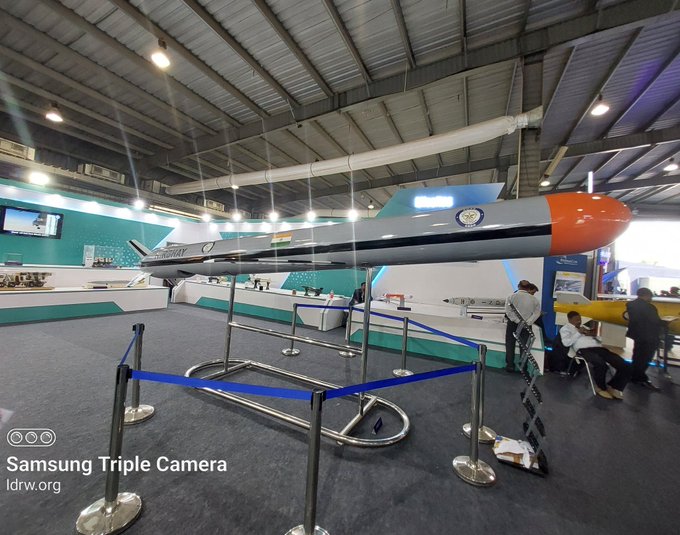
India’s quest for self-reliance in defence technology is gaining momentum, with significant advancements in its Indigenous Technology Cruise Missile (ITCM) program. Recent successful trials of the land-based variant from a truck-mounted launcher demonstrate progress towards a robust cruise missile arsenal.
Following the successful validation of the Submarine-Launched Cruise Missile (SLCM) from submerged platforms last year, India has now validated the land-based ITCM system. This critical milestone signifies the operational readiness of the land-attack variant.
Continue readingSOURCE: RAUNAK KUNDE / NEWS BEAT / IDRW.ORG
Hindustan Aeronautics Limited (HAL), a state-run aerospace company, has partnered with Bengaluru-based startup NewSpace Research and Technologies to develop a next-generation weapon system – the Air-Launched Flexible Asset (Swarm), or ALFA-S.
These compact drones, measuring between 1 and 2 meters long, boast folding wings for efficient storage within canisters mounted on Indian Air Force aircraft. The pilot releases the drones at a safe distance from enemy defenses. Once airborne, the drones deploy their wings and utilize battery power to reach speeds exceeding 100 kilometers per hour.
Continue readingSOURCE: RAUNAK KUNDE / NEWS BEAT / IDRW.ORG
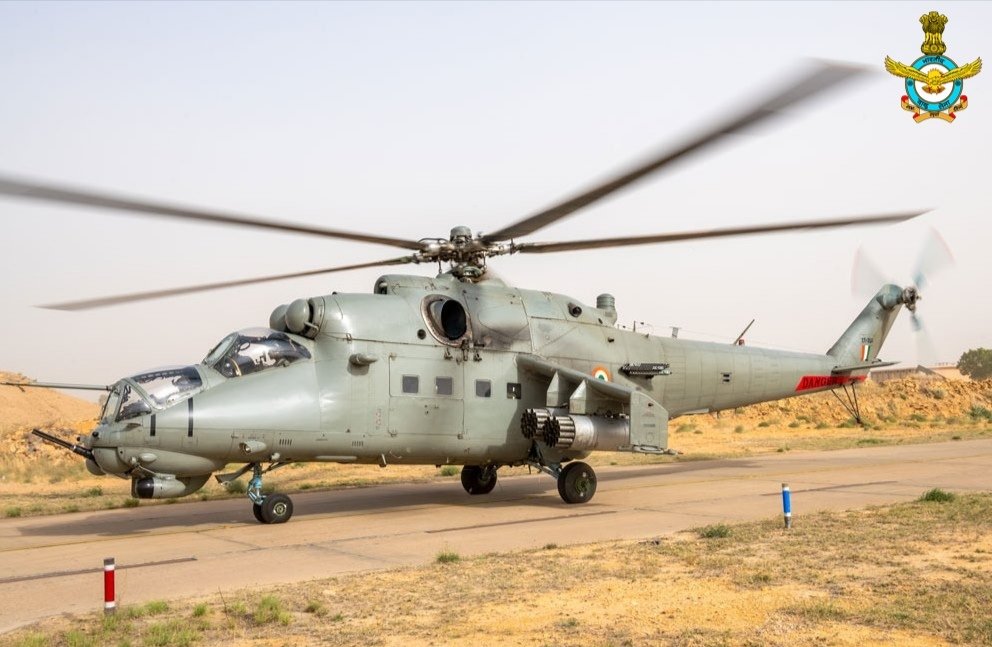
The Indian Air Force (IAF) is set to extend the operational life of its single remaining squadron of Mi-35 attack helicopters until 2030. This decision comes as the IAF transitions its attack helicopter fleet towards more modern platforms.
Previously, the IAF operated two squadrons of the Mi-25/35 helicopters, a Soviet-era design. However, one squadron was phased out in 2019-20 following the induction of a more advanced attack helicopter, the Boeing AH-64E Apache.
Continue readingSOURCE: IDRW.ORG TEAM.
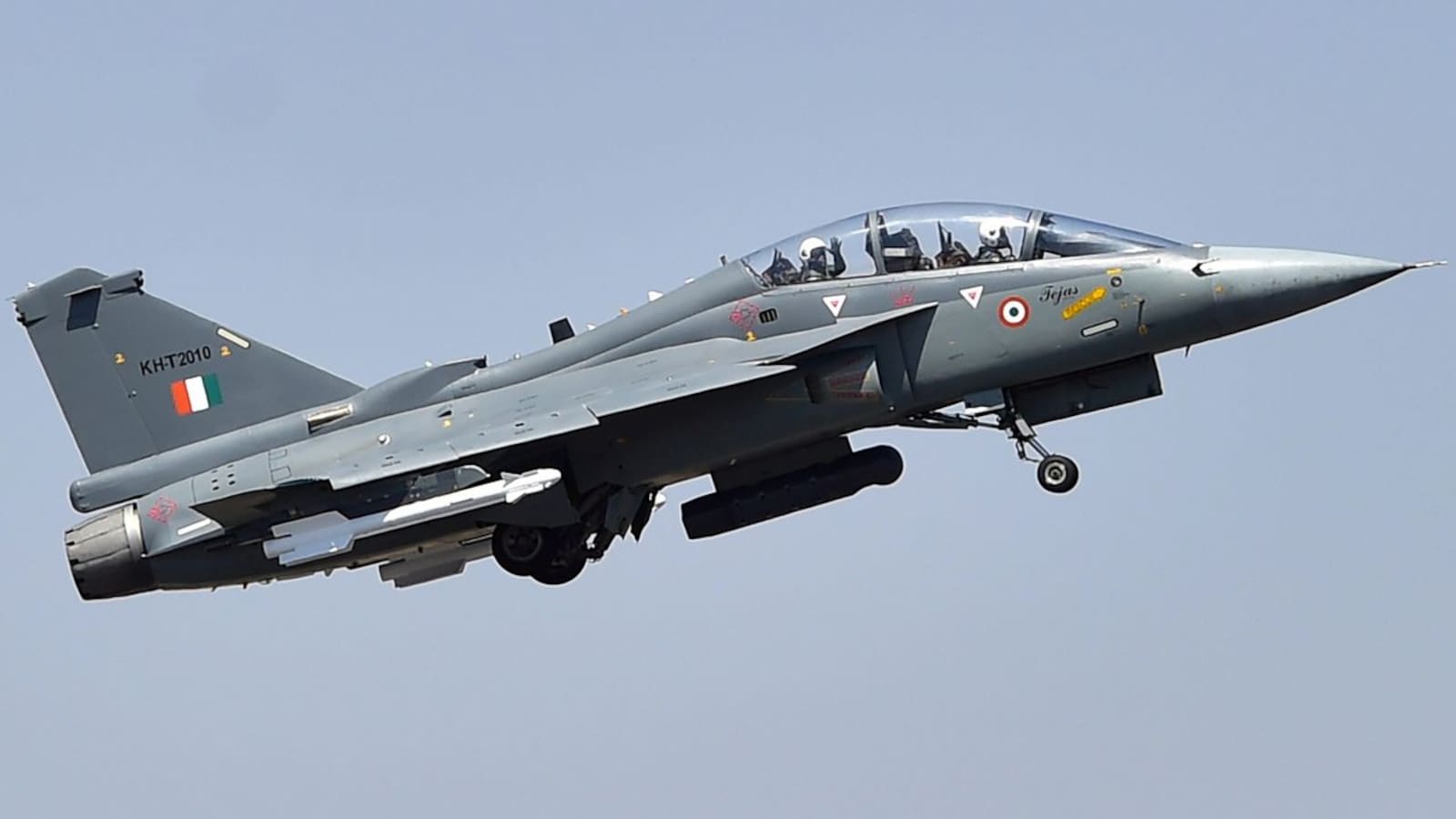
Hindustan Aeronautics Limited (HAL) is hopeful that the Indian Air Force (IAF) will consider purchasing additional LCA Tejas Trainer aircraft following a recent tender for 97 single-seater Tejas Mk1A fighter jets.
The IAF currently has an order for 18 LCA Tejas Trainers for local Squadron conversion of pilots before they can fly the single-seater Tejas Mk1A fighter jets. Out of these, HAL has already delivered 5 trainers and is on track to complete deliveries for the remaining 13 by 2025.
Continue readingSOURCE: IDRW.ORG TEAM.
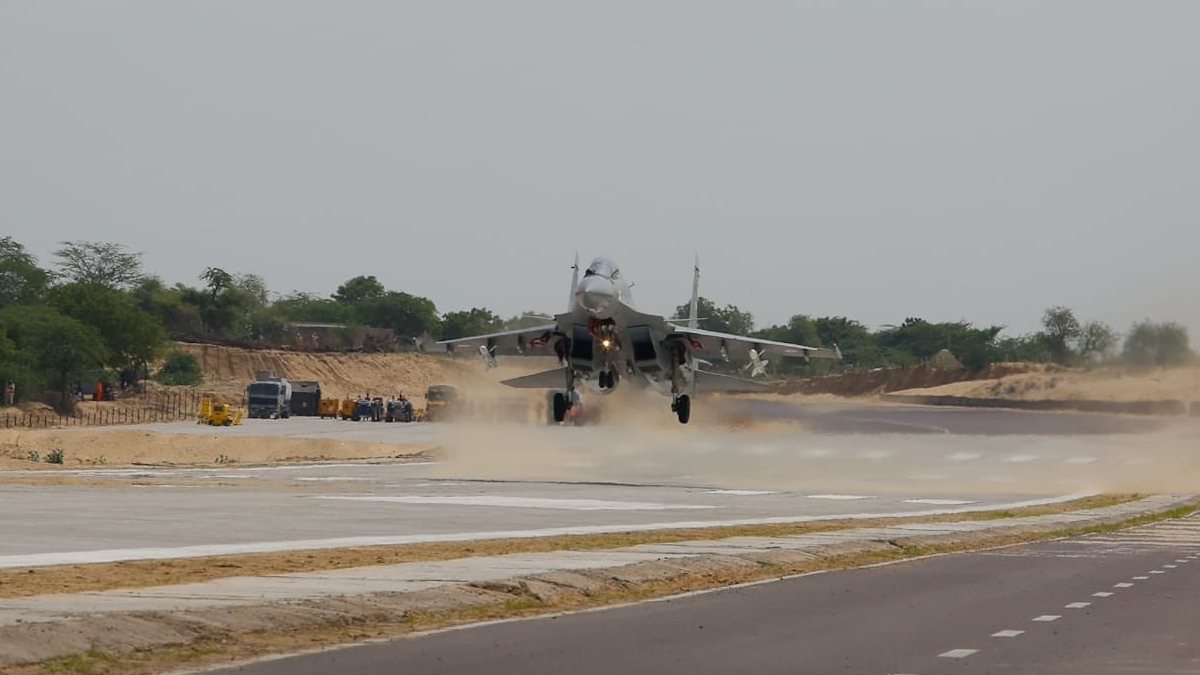
In a strategic shift, the Indian Air Force (IAF) has emerged as a frontrunner in utilizing highways for emergency fighter jet landings. While Pakistan Air Force (PAF) pioneered such operations in the subcontinent in 2000, the IAF has rapidly outpaced them in recent years.
Pakistan gets the credit for introducing the concept of road runways in the region around 2000. This provided them with a tactical advantage of dispersing their air assets during wartime. However, the IAF has not only caught up but surpassed Pakistan in this domain. India boasts five operational highway stretches designated for emergency landings, with more under construction. Notably, the IAF has successfully conducted demonstrations using over five different aircraft types on these road runways.
Continue readingSOURCE: RAUNAK KUNDE / NEWS BEAT / IDRW.ORG

In a significant stride towards bolstering its strategic capabilities, India’s Strategic Forces Command (SFC), in collaboration with the Defence Research and Development Organisation (DRDO), recently achieved a milestone with the successful flight test of the New Generation Ballistic Missile Agni-Prime. This achievement marks a pivotal moment in India’s defence strategy, as Agni-Prime is poised to revolutionize the country’s ballistic missile program.
Agni-Prime represents a paradigm shift in India’s missile technology, primarily due to its innovative rail launch capability. According to insiders familiar with the program who told idrw.org that, Agni-Prime will be the first ballistic missile to be operationalized for rail launch, a feature that promises unparalleled mobility and strategic flexibility. This advancement is poised to significantly enhance India’s deterrence posture, particularly in scenarios involving potential threats from neighboring Pakistan and the contested region of Tibet.
Continue readingSOURCE: RAUNAK KUNDE / NEWS BEAT / IDRW.ORG

Hindustan Aeronautics Limited (HAL) has announced a significant shift in the Tejas Mk1A fighter program. Chairman and Managing Director (CMD) CB Ananthakrishnan confirmed that the Uttam AESA Fire Control Radar (FCR) will replace the Israeli ELM-2052 AESA radar starting from the 41st Tejas Mk1A aircraft onwards.
The Uttam AESA FCR represents a major milestone in India’s defence indigenization efforts. Developed by the Defence Research and Development Organisation (DRDO), this indigenous radar has completed 125 flight tests on two Light Combat Aircraft (LCA) Tejas prototypes.
Continue readingSOURCE: RAUNAK KUNDE / NEWS BEAT / IDRW.ORG

The Indian Air Force (IAF) is gearing up to strengthen its air defense capabilities with the procurement of advanced medium-range surveillance radars. This initiative emphasizes the IAF’s commitment to staying ahead of evolving threats, including drone warfare.
The IAF prioritizes acquiring these radars from domestic sources. The key requirement is a detection range exceeding that of currently deployed systems. The ideal radar should offer a primary detection range of at least 200 kilometers and a secondary detection range exceeding 300 kilometers.
Continue readingSOURCE: IDRW.ORG.
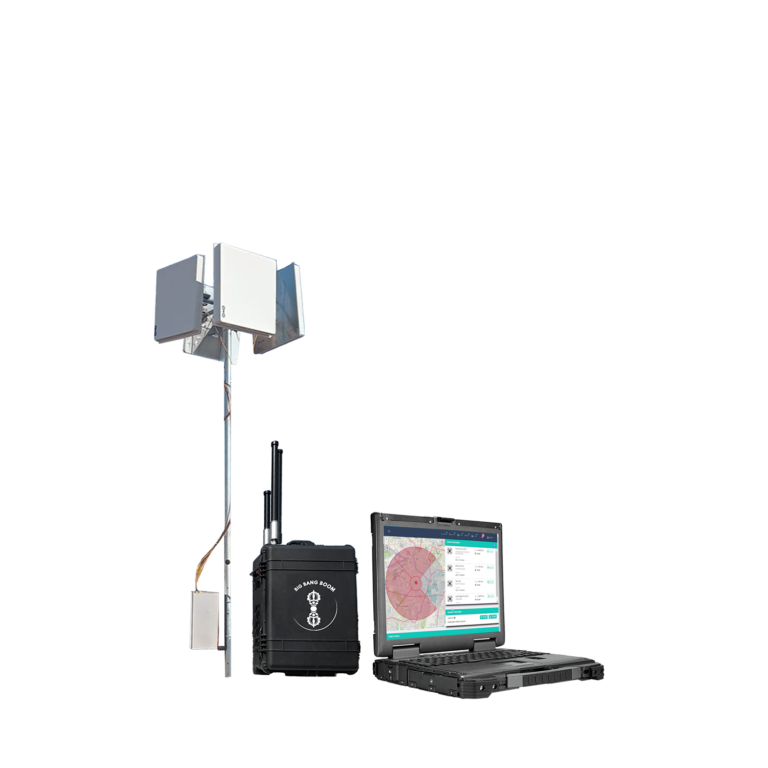
Indian startup Big Bang Boom Solutions (BBBS) took center stage at the India-Sri Lanka Defence Seminar, igniting a collaborative pathway for innovation in the island nation’s defense capabilities. BBBS presented its next-generation warfare technology to the Sri Lankan Armed Forces, potentially shaping the future of their defense strategy.
BBBS showcased its Anti-Drone Defense System that boasts the capability to detect and neutralize a wide range of drones, including commercially available off-the-shelf (COTS) models and autonomous drones. Employing passive RF sensor technology, it minimizes the risk of false alarms. Furthermore, each component adheres to rigorous Mil Spec 801G standards, guaranteeing reliability in harsh environments.
Continue readingSOURCE: IDRW.ORG.

India’s state-owned defense manufacturer, Advanced Weapons and Equipment India Limited (AWEIL), recently held discussions with Mr. Eyal Ben-Oz, Deputy Defence Attaché of the Israeli Embassy in India. The meeting focused on exploring potential areas of cooperation between the two nations in the defense sector.
The discussions centered on AWEIL’s product portfolio, its vision for defense exports, and identifying potential avenues for collaboration with Israel’s advanced defense industry. This meeting signifies India’s growing openness to international partnerships in the defense sector, aiming to leverage expertise and co-develop cutting-edge technologies.
Continue readingSOURCE: RAUNAK KUNDE / NEWS BEAT / IDRW.ORG
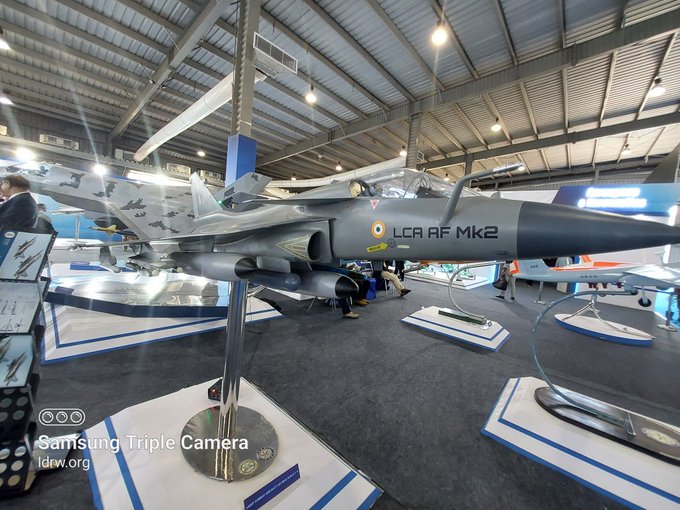
Hindustan Aeronautics Limited (HAL) Chairman and Managing Director, CB Ananthakrishnan, has provided an update on the timeline for the Tejas Mk2 fighter jet program. According to Ananthakrishnan, the first deliveries of the Tejas Mk2 to the Indian Air Force (IAF) are expected by the end of 2029. This schedule hinges on the successful completion of key development milestones.
The first Tejas Mk2 prototype is currently planned to roll out by the end of 2025, with its maiden flight targeted for 2026. Following this, the aircraft will undergo a rigorous developmental flight test program lasting approximately 2-3 years. This extensive testing phase is crucial for ensuring the aircraft’s performance and airworthiness before production can begin.
Continue readingSOURCE: RAUNAK KUNDE / NEWS BEAT / IDRW.ORG
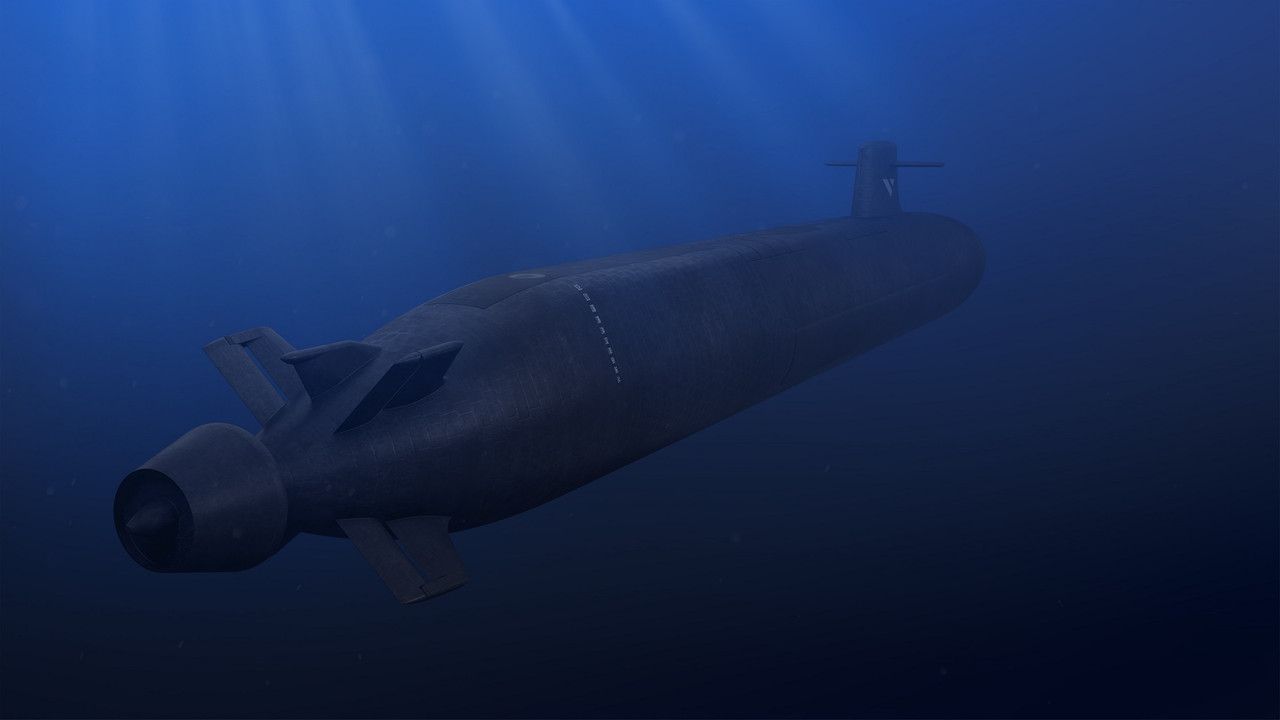
In a significant move towards self-reliance in strategic defence capabilities, India embarked on an ambitious project in February 2015: the indigenous construction of six nuclear-powered attack submarines. This program, known as Project 75 Alpha, marks a major milestone for India’s underwater warfare capabilities.
Collaborating with esteemed partners such as the Defence Research and Development Organisation (DRDO), the Department of Atomic Energy (DAE), and the Indian Navy, India’s endeavor aims to realize the development of a formidable 6000-ton displacement submarine. Endowed with cutting-edge technology and a versatile arsenal, these nuclear attack submarines are poised to redefine undersea warfare capabilities.
Continue readingSOURCE: RAUNAK KUNDE / NEWS BEAT / IDRW.ORG
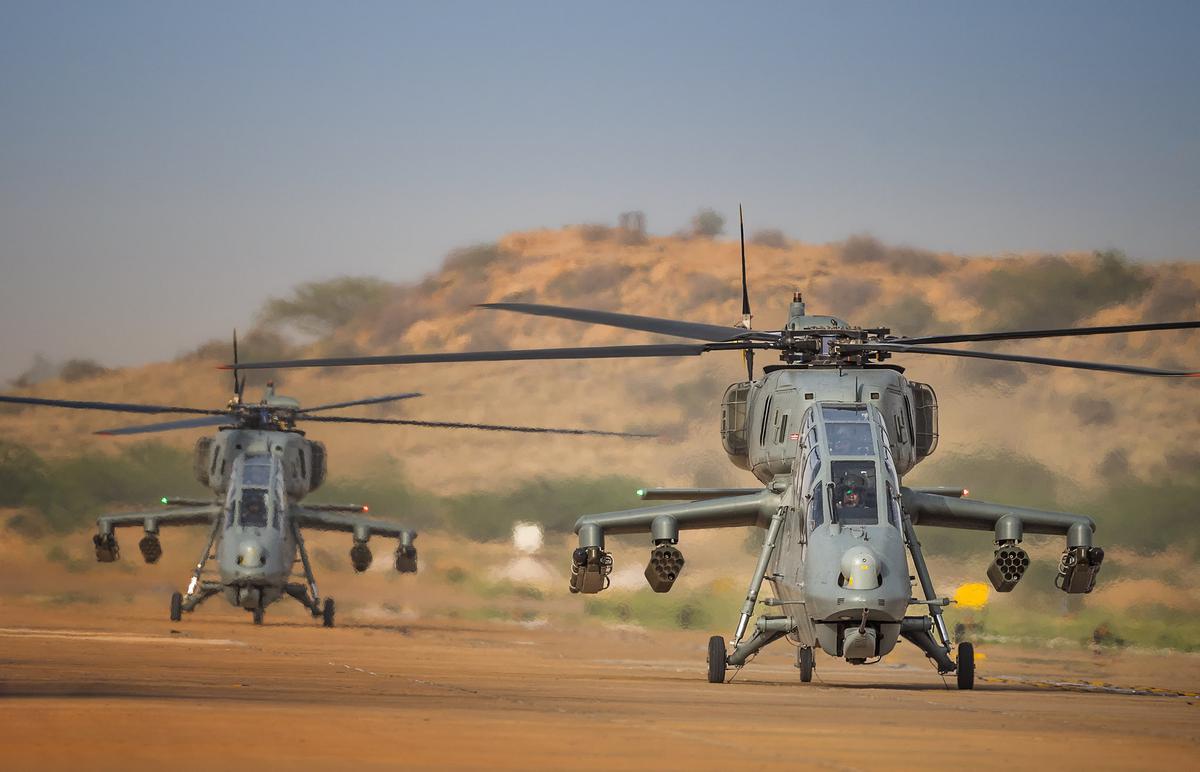
The Indian Air Force (IAF) has confirmed, through Deputy Chief of Air Staff Air Marshal Ashutosh Dixit, that progress is being made on the indigenously developed HAL Prachand (LCH) attack helicopter. While 15 Limited Series Production (LSP) models are currently undergoing evaluation by both the IAF and the Indian Army, some minor issues are being addressed.
The IAF has identified some areas for improvement on the LCH platform. These are categorized as “minor issues” and are currently being addressed by Hindustan Aeronautics Limited (HAL), the manufacturer. Additionally, the IAF and Indian Army have jointly requested further enhancements to the Prachanda’s capabilities.
Continue readingSOURCE: IDRW.ORG.

General Dimitrios Choupis, head of Greece’s National Defence General Staff, recently made a significant visit to TASL (Tata Advanced Systems Limited) and Bharat Forge, two leading Indian defense companies. This visit highlights the growing collaboration between India and Greece in the military sector.
General Choupis toured the facilities of TASL and Bharat Forge. Photos show the General being briefed on the TASL ALS-50 loitering munition (drone), IVTOL 20 UAV (unmanned aerial vehicle), ATAGS (Advanced Towed Artillery Gun System), Tata MPV (multi-purpose vehicle), and ammunition elements from Kalyani (a subsidiary of Bharat Forge).
Continue readingSOURCE: IDRW.ORG.

The High Commissioner of India in Australia recently met with a delegation of key Indian shipbuilders, including Garden Reach Shipbuilders & Engineers (GRSE), Mazgon Dock Limited, Goa Shipyard Limited, and Hindustan Shipyard Limited. The focus of the discussions was on exploring collaborative opportunities by leveraging the strengths of both India and Australia’s shipbuilding industries.
This meeting highlights the growing interest in collaboration between the two countries in the maritime sector. By combining their expertise and resources, India and Australia can potentially strengthen their respective shipbuilding capabilities and compete more effectively in the global market.
Continue reading